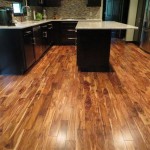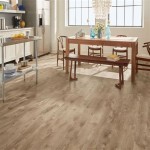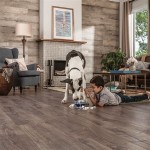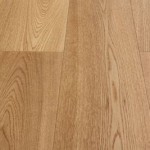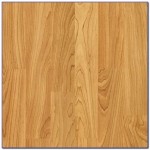Essential Aspects of Radiant Floor Heat Flooring Options
Radiant floor heating systems are becoming increasingly popular as homeowners seek comfort, energy efficiency, and a luxurious feel in their homes. These systems provide a gentle and evenly distributed warmth that radiates upward from the floor, creating a cozy and inviting atmosphere. However, selecting the right radiant floor heating option can be overwhelming given the variety of materials and technologies available. This article delves into the essential aspects of radiant floor heating flooring options to help you make an informed decision.
Types of Radiant Floor Heat Flooring Options
There are two main types of radiant floor heating flooring options: electric and hydronic.
Electric radiant floor heat uses electric cables or mats installed beneath the flooring material. These cables generate heat when an electric current passes through them, warming the floor surface. Electric radiant floor heat is relatively easy to install and is compatible with various flooring materials, including tile, stone, laminate, and hardwood.
Hydronic radiant floor heat, on the other hand, circulates a heated liquid through pipes embedded in the subfloor. The liquid typically consists of water or a water-glycol mixture. Hydronic radiant floor heat provides a more even and consistent heat distribution compared to electric systems. However, it requires more complex installation and is typically more expensive.
Flooring Materials for Radiant Heat
Not all flooring materials are suitable for radiant floor heat. The best materials are those that conduct heat well and are durable enough to withstand the temperature fluctuations. Common flooring materials compatible with radiant floor heat include:
- Ceramic and porcelain tile
- Natural stone (e.g., marble, granite)
- Engineered hardwood
- Laminate flooring
- Vinyl flooring
Avoid using thick carpets or materials with high thermal resistance, as they can hinder the heat transfer from the radiant floor heating system.
Installation Considerations
Proper installation is crucial for the performance and longevity of a radiant floor heating system. Electric radiant floor heat is generally easier to install, as it only requires the placement of cables or mats beneath the flooring material. Hydronic radiant floor heat, on the other hand, involves more complex plumbing and may require raising the floor level to accommodate the pipes.
It is highly recommended to consult with a qualified contractor or installer to ensure proper design, installation, and maintenance of your radiant floor heating system.
Energy Efficiency
Radiant floor heating systems can contribute to energy efficiency in your home. By warming the floor surface rather than the air, they eliminate heat loss through convection currents. Additionally, the lower operating temperatures of radiant floor heat compared to traditional heating methods can result in energy savings.
When selecting a radiant floor heating system, consider its energy efficiency rating and look for systems that are ENERGY STAR certified. These systems have been evaluated and meet specific energy performance standards.
Maintenance and Longevity
Radiant floor heating systems generally require minimal maintenance. Electric systems are maintenance-free, while hydronic systems may require occasional servicing to maintain water quality and prevent system blockages. The longevity of a radiant floor heating system depends on the quality of the materials used and the installation process. Properly installed and maintained systems can last for decades.

Types Of Floorings That Work Well With Radiant Floor Heating H

Average Radiant Floor Heating Cost In 2024 Forbes Home

How To Install Radiant Heat Flooring Forbes Home

Radiant Floor Heating Cost In 2024 Heated Floors

Is Floor Radiant Heating Options For Canadians Lillie Family Plumbing

Heated Floors Matt Clark Tile

Radiant Floor Heating Akron Oh Martinov Home Solutions

Carpet Radiant Heating Options Heatizon Systems

A Guide To Radiant Heating Options

On Those Chilly Seattle Mornings Heated Floors Are Worth The Hype Times


